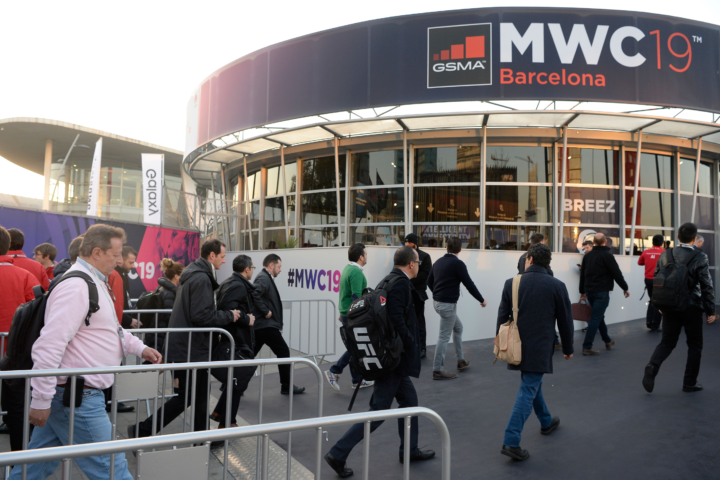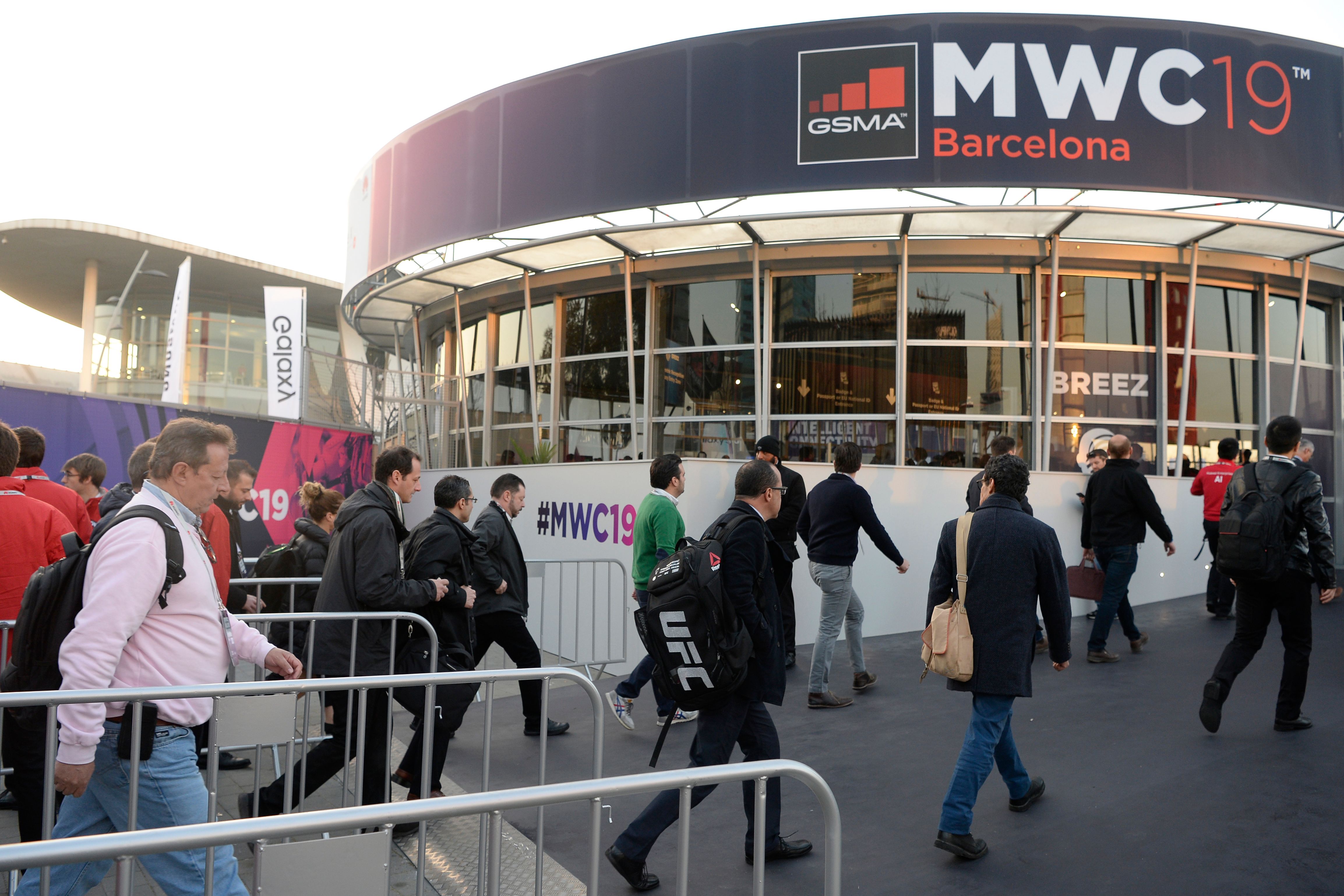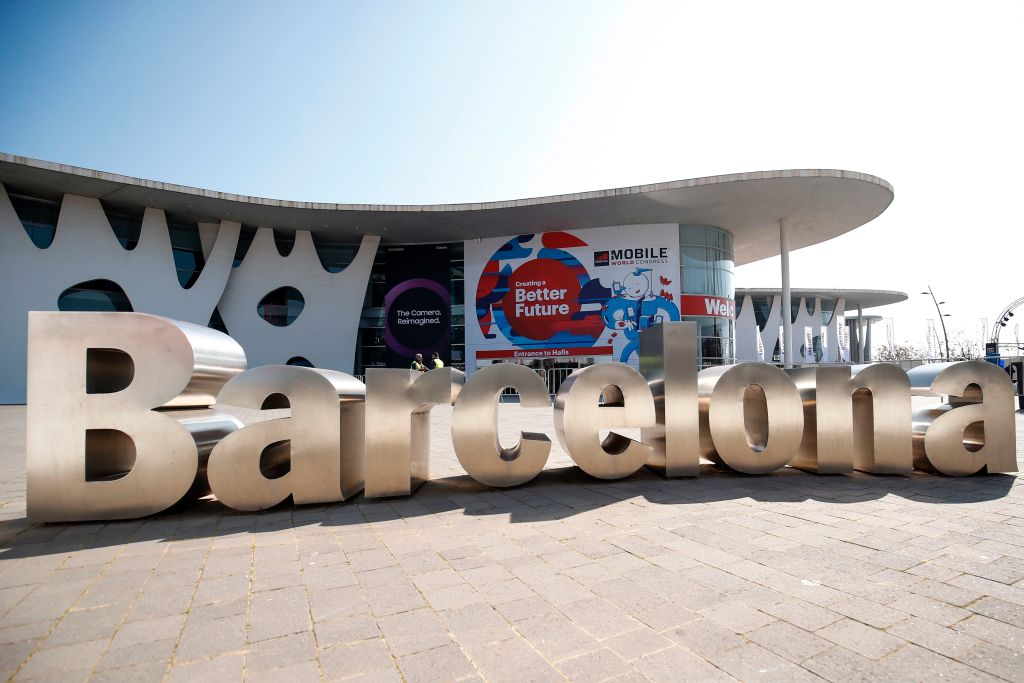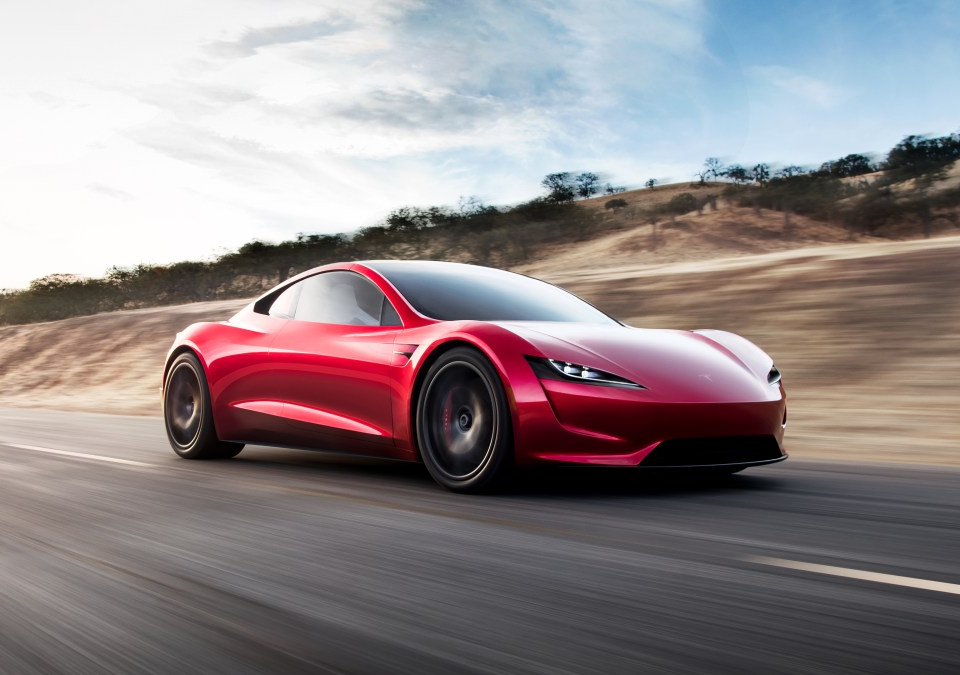
NHTSA requests info after Tesla crashes into fire truck
February 24, 2023
Review: PlayStation VR2 is a huge leap that still can’t escape its niche
February 25, 2023
In a word: “telecom.” Network and enterprise have long played a key part in Barcelona’s big mobile show, but more than ever, such topics are going to have an outsized role at the event. The consumer element appears to be taking an increasing back seat at the event, which kicks off in earnest next Monday.
The truth of the matter is that Mobile World Congress was never a consumer tech show, per se, but the participation of various smartphone makers transformed it into a handy launching pad. CES (held back in January) is the place where every other category, from smart home and wearables to automotive and robotics, gets their time to shine, while MWC happily adopted the monitor of the big smartphone show.
Of course, a lot has changed since 2019, the last time TechCrunch attended the show in person — both for the industry and the world. Seems a million years ago now that we were all waiting with bated breath for the GSMA to finally pull the plug on the 2020 show. That year’s CES had managed to squeeze in, just under the wire (we can continue to debate the wisdom of that particular decision). As the weeks pressed on, however, it was increasingly clear that late February/early March was not an ideal time to hold an in-person international tech event.
The show returned in 2021, albeit pushed back by four months from its usual time. We weren’t there — nor were many people, for that matter. The show seemingly wasn’t at much risk of hitting its org-enforced attendance cap. The show provided a semblance of normality in 2022, when 60,000 showed up, per the GSMA (TechCrunch once again not among them). Honestly, not a bad showing, even if it was (understandably) down significantly from 2019’s 109,000.
As I’m often inclined to point out, the smartphone industry’s struggles predated the pandemic. The arrival of 5G had put some wind in its sails, but broader trends show that people just aren’t buying smartphones the way they used to. There were a lot of factors, including increased pricing on premium products, fewer groundbreaking innovations and the fact that mobile phones are just better now, slowing down the standard two- to three-year upgrade cycle.
The pandemic compounded everything, of course. Suddenly a lot of people were un- or underemployed and didn’t have the means to splurge on nonessentials. For a while there, people just weren’t leaving the house as often, shifting spending to things like PCs and tablets. In many markets, 5G’s momentum has slowed. Ongoing supply chain issues have also created bottlenecks. And then, of course, there’s inflation.
Toward the end of last year, it was hard to shake the sense that most consumer electronics companies had grown far more cautious with their release cadence. Probably not a bad thing, in terms of the planet, but likely more than a little troubling for shareholders. We’re also currently sitting around, waiting to see how massive layoffs at tech companies will impact the category, looking forward.

Participants arrive to attend the first day of the Mobile World Congress (MWC) in Barcelona on February 25, 2019. Phone makers will focus on foldable screens and the introduction of blazing fast 5G wireless networks at the world’s biggest mobile fair starting February 25 in Spain as they try to reverse a decline in sales of smartphones. Image Credits: JOSEP LAGO/AFP via Getty Images
Another key trend that predates the pandemic is the move away from leveraging big trade shows to launch tentpole products. Nearly every big company began opting for its own events. Why share a spotlight when you can just make your own? The move toward virtual product launches during the pandemic made the gap even more pronounced. Frankly, even for hardware devices, the model is still perfectly fine for most.
This year, the GSMA expects 75,000 attendees. That’s a modest figure, compared to the halcyon days, but still a lot of people to stick in the Fira convention center in 2023. There are big names on the exhibitor list, including Samsung, Oppo/OnePlus, Huawei and Xiaomi. Some, including Samsung and OnePlus, just released new flagships, so don’t expect many fireworks there. Though the latter has already teased a “concept” device — results will vary on whether that rises to the definition of “news.”
Similarly, Qualcomm did its standard move of announcing the new flagship Snapdragon chip at its conference in Hawaii last year. We’re likely months away from the half-year refresh, though the company always seems to have some chip or other up its sleeve. I do, however, expect news from a number of the top Chinese manufacturers, including the aforementioned Xiaomi, ZTE and Huawei budget offshoot, Honor.

View taken on February 24, 2018, of the Barcelona city sign in front of the main hall of the Mobile World Congress (MWC) ahead of the start of the world’s biggest mobile fair, held from February 26 to March 1, 2018, in Barcelona. Image Credits: PAU BARRENA/AFP via Getty Images
Other notable exhibitors include Nokia IP licenser HMD and HTC, which has effectively shifted all of its eggs into the Vive VR basket. VR/AR/MR/XR is an interesting one, of course. Probably not a huge presence outside of HTC, but everyone is seemingly contractually obligated to do something in the space these days. That said, Meta/Facebook and Sony won’t have a presence at this year’s show. Lenovo will, though. The company habitually releases a lot of devices at the shows it attends, and its subsidiary, Motorola, also seems to have something new on the horizon.
Looking at the speaker agenda, climate impact will (thankfully) be a topic. Lots of people seem to still be talking about the metaverse, for what that’s worth. The GSMA has also pivoted a lot of resources to sports for some reason, while Microsoft is readying a couple of talks about the cloud. AI doesn’t monopolize as much stage time as you might expect, and most of the smart home talk revolves around the introduction of Matter.
There’s also a panel featuring speakers from Samsung, ZTE and the European Space Agency titled “Ready to Talk 6G?” It’s a question that I frankly don’t know how to answer.
For me, personally, it’s going to be a great setting to sit down with some top executives at these companies and ask some difficult questions about where the hell the industry is going.




